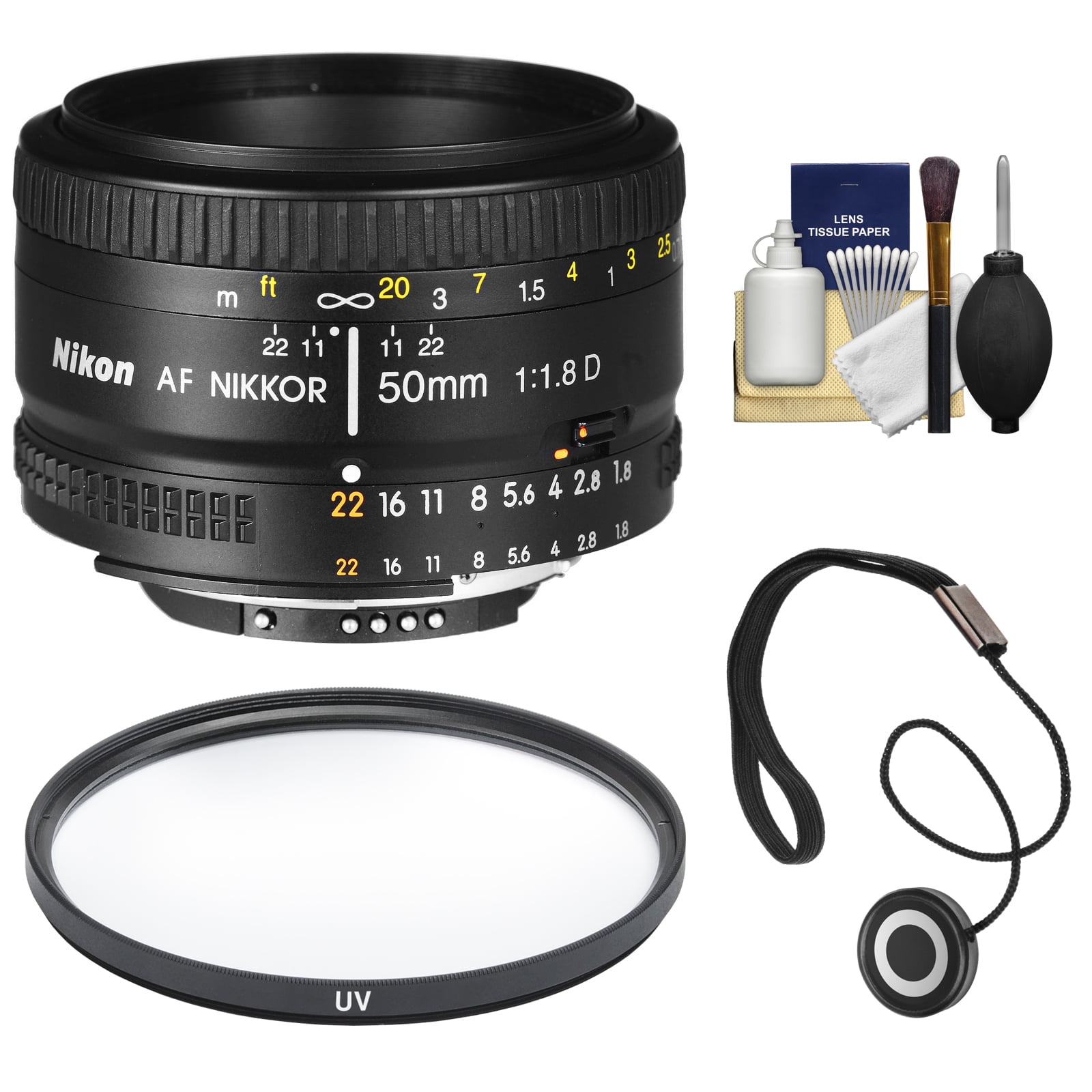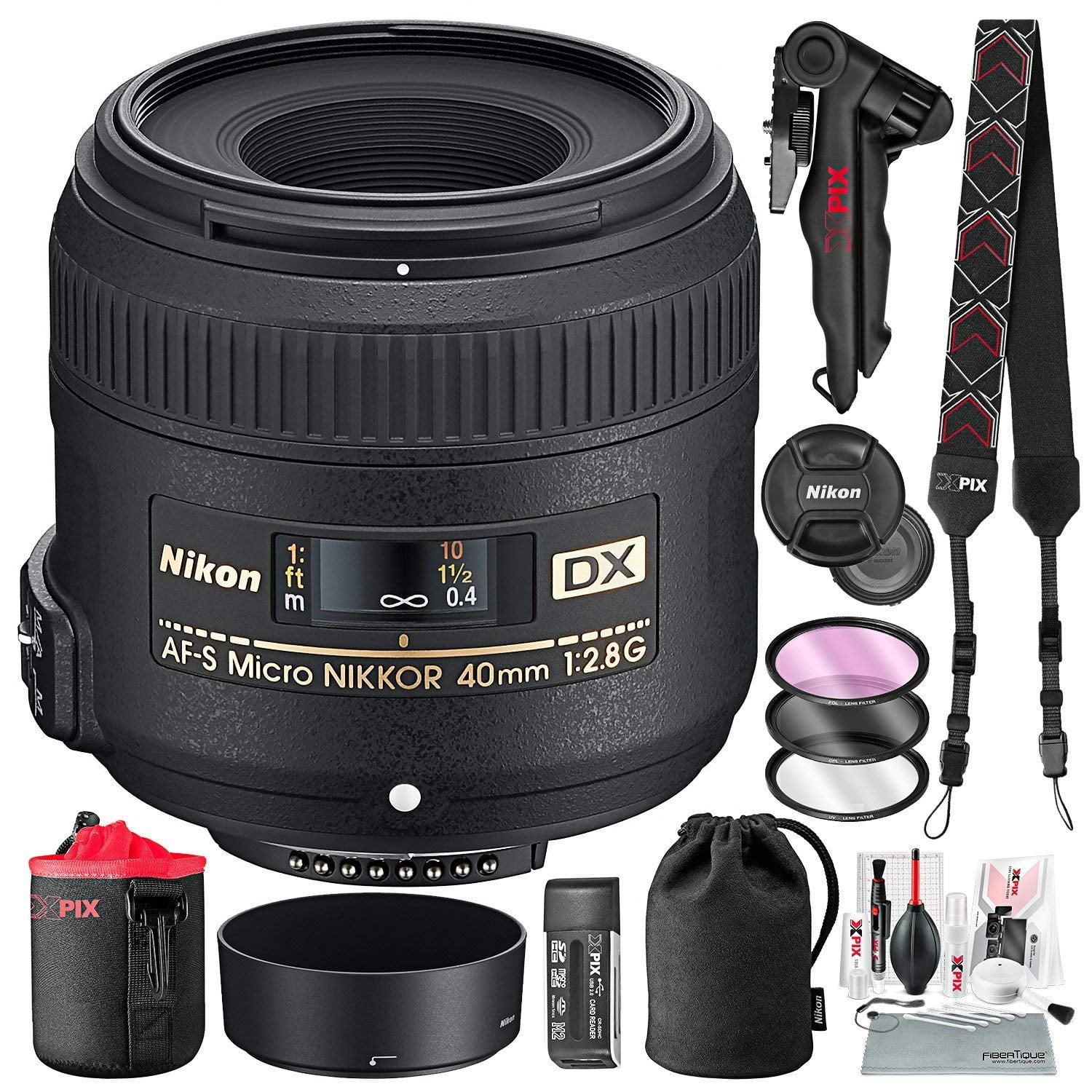

This Nikon portrait lens has a plastic barrel and doesn’t feel any different from newer fixed-focus lenses of this manufacturer. The combination of focal length with luminosity simplifies control over depth of field. FAQ Please fill in the form below to ask a question.The lens of this series is suitable for portraiture. I’d give this product 5* if it had aperture adjustment built in. E lenses can usually be fooled into holding a particular aperture by removing them fromĪ DSLR body where the aperture has been set to where you want it.

Otherwise you will need to faff around with small (dental) rubber bands. If your lens has an aperture control ring their is no problem, so the fully manual lenses from Samyang and Zeiss are fine, as is my older Nikon 180mm. Other manufacturers of similar adapters either have a pin to hold the lens wide open or full adjustment. This is no big deal.Ī bigger issue is the lack of any aperture control for G class lenses. If you want to go to shorter focal lengths, especially for wide angle Milky Way shots, expect to have to add spacers up to 1/3 the filter thickness.

On telephoto lenses this is likely to not be a problem. With the unit by itself you need to focus short of infinity as the adapter itself offers no adjustment to compensate for the thickness of the filter glass.
/GettyImages-184114242-93da5075a275494b9013715214d25114.jpg)
However, when a filter is inserted matters change. In this case the adapter is perfectly calibrated and infinity focus is in the right place. I did some daytime tests with my Nikon 180mm lens and an Altair Hypercam 26c that like some of the ZWO cams has that 17.5mm internal distance from the thread base to the sensor. The M42 thread camera side works well with astrocams with a 17.5mm sensor depth and a 42mm thread and there is an adapter for larger. It is very solidly built and holds the lens securely. This arrived recently from FLO and I’ve had a few days to test it.


 0 kommentar(er)
0 kommentar(er)
